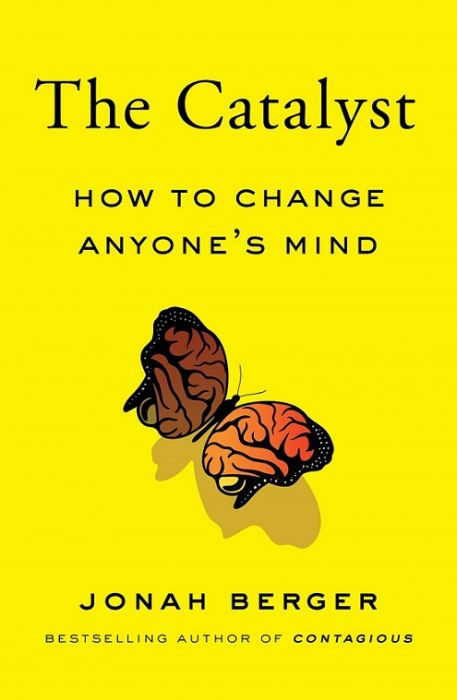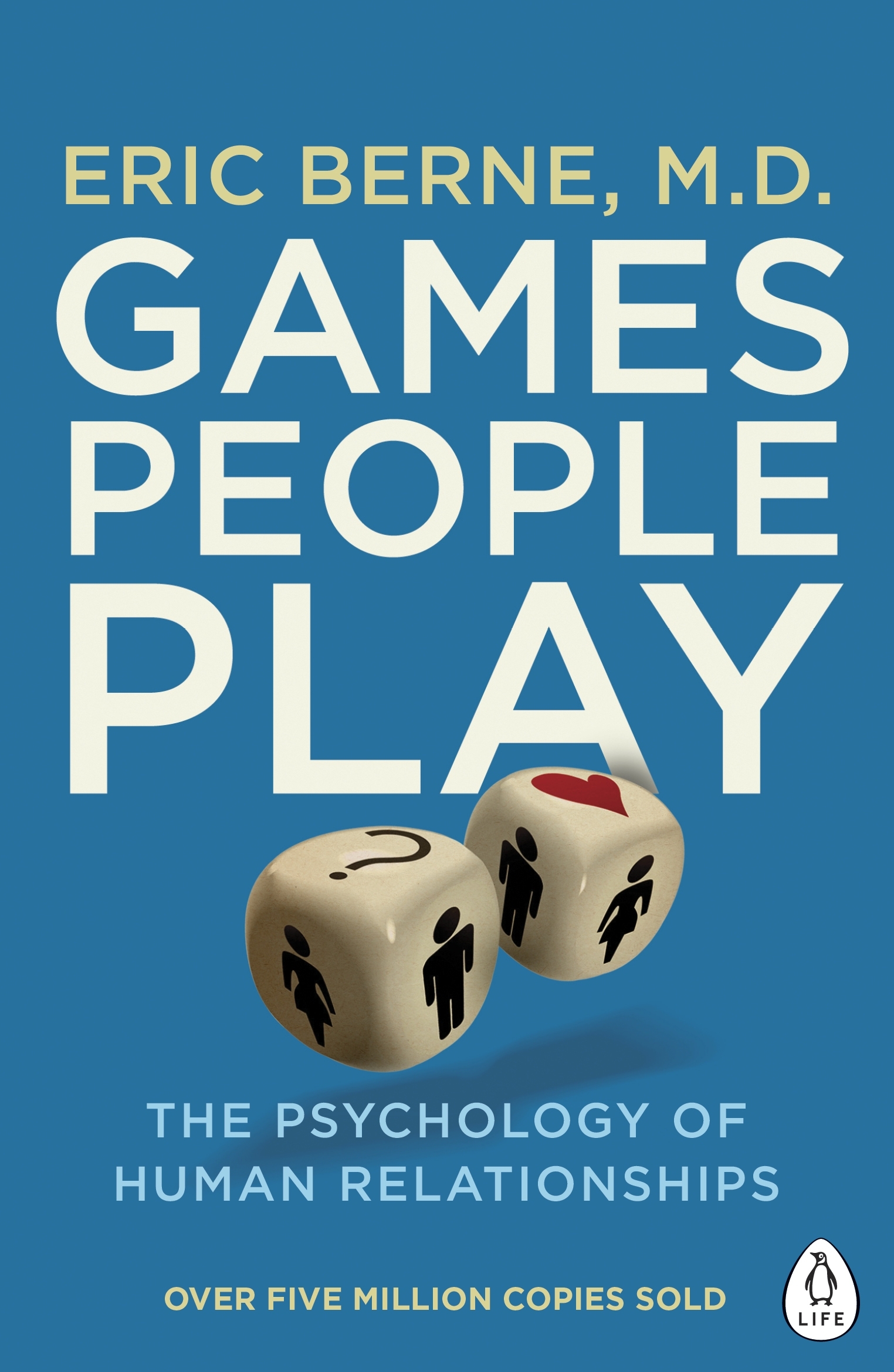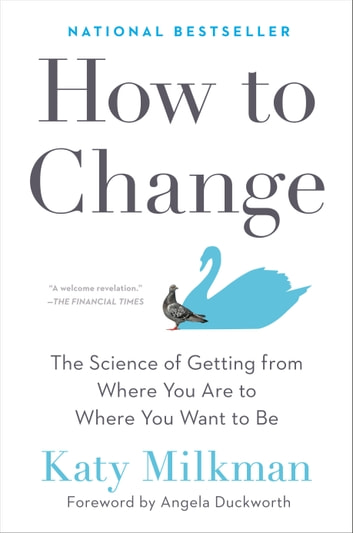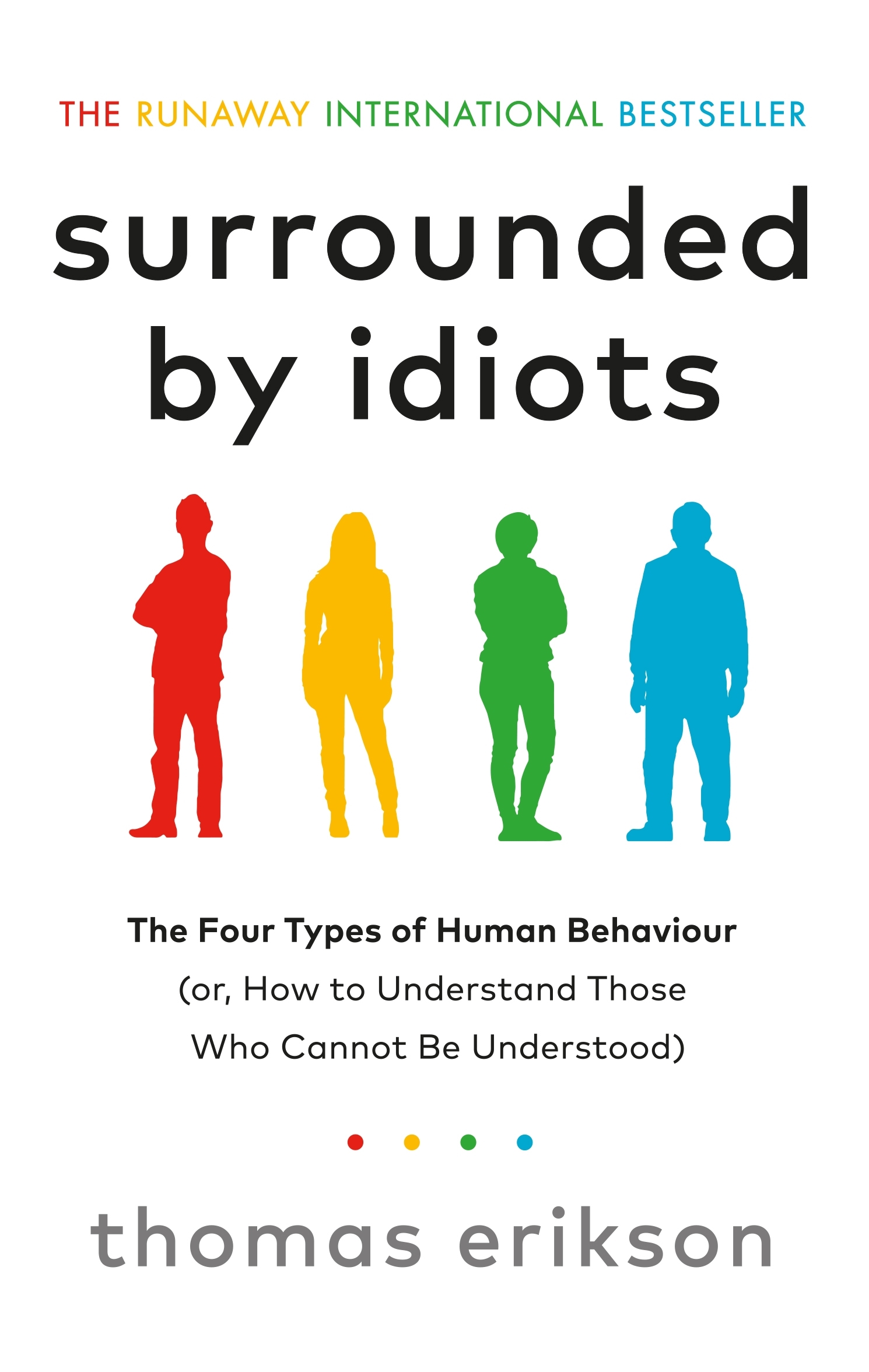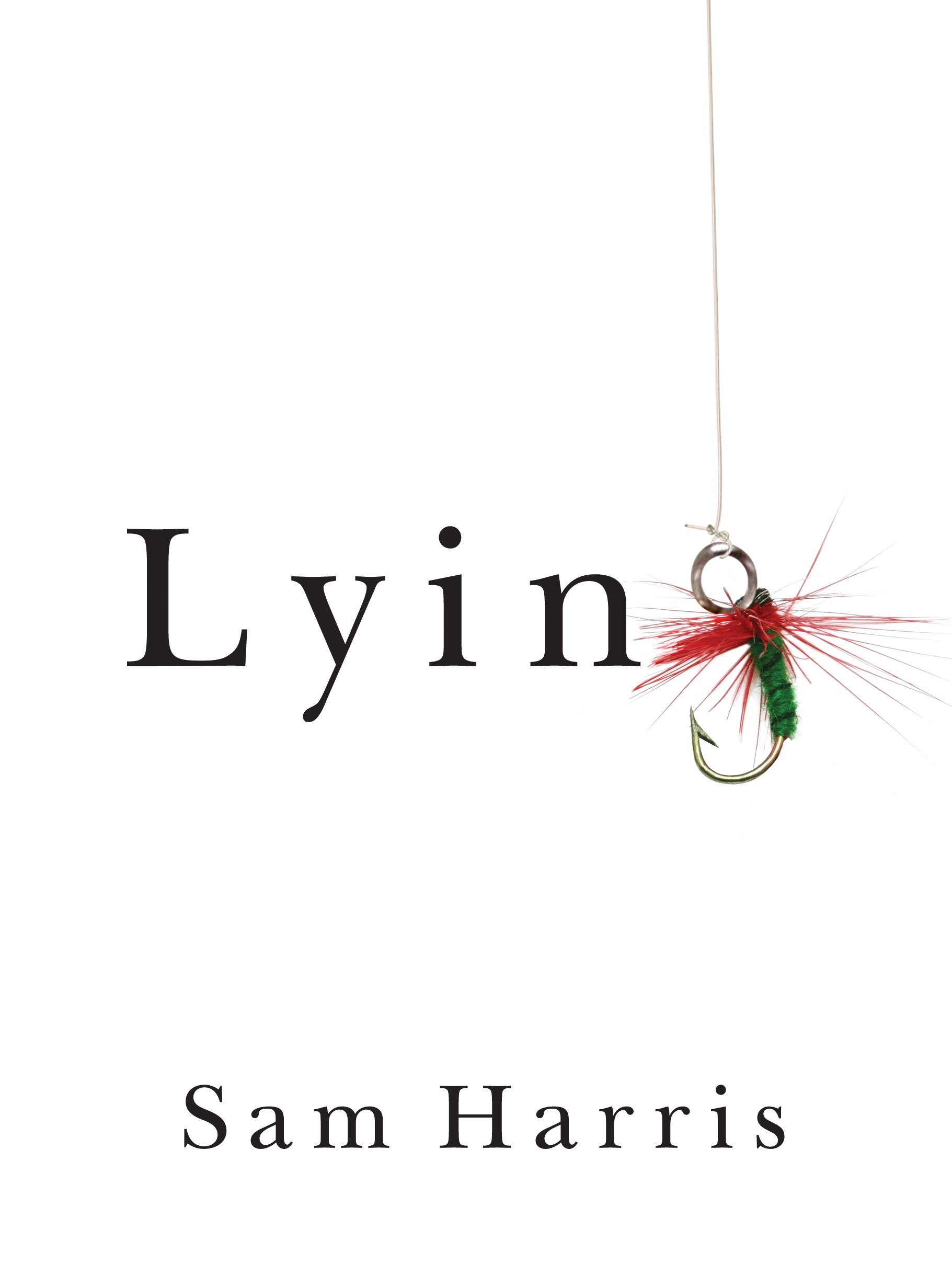Contagious
by Jonah Berger
- Behaviour
- Ashto =
- Jonesy =

Contagious – by Jonah Berger
Contagious is an analysis into why somethings (ideas, behaviours, products) ‘catch on’. It looks into how or why some ideas spread when others die. Berger digs into the ideas of ‘social transmission’ and how word-of-mouth gets spread from person to person.
You’d think that the best product at the most attractive price with the most advertising would be the product that wins, but that’s not always the case. Jonah did some digging and found six factors that drive word of mouth and lead products, services and behaviours to go ‘viral’ (to be spread from person to person via word of mouth): Social currency, triggers, emotion, public, practical value, and stories.
‘Why things catch on’
Contagious Summary
This book is an analysis into why somethings (ideas, behaviours, products) ‘catch on’. It looks into how or why some ideas spread when others die. Berger digs into the ideas of ‘social transmission’ and how word-of-mouth gets spread from person to person.
So why do some ideas/products/behaviours catch on? One reason you might think is that some products are just better – we tend to prefer websites that are easier to use, medicines that are more effective, scientific theories that seem more true. This is like old bulky TVs being replaces by flat screen TVs because they’re just plain better. Another reason you might suspect is attractive pricing – not surprisingly, people like to pay less. It seems intuitive that if there are two similar products, the cheaper one is more likely to catch on. One other possible reason is strong advertising – if consumers know about a product before they walk into the store, they’re more likely to buy it. This would mean that the company that spends more on advertising will sell more products.
Following this logic, the best product at the cheapest price with the most advertising should be guaranteed to win. But we know that although quality, price and advertising all play a small role, they definitely don’t explain the full story of why some things go ‘viral’. This brings to mind in the ideas of a virus – spreading from person to person, infecting the people that come in contact. That’s how real viruses work, but ideas, products and behaviours also act in a similar fashion. Word of mouth is frequent – people share on average 16,000 words per day either through spoken word or through written text, some of these words involve recommending ideas or warning people against certain products. Word of mouth is also important – we value the opinions of those trusted people who are close to us, rather than the anonymous marketers trying to sell to us. Word of mouth is also more targeted than traditional advertising – rather than posting something on a billboard that doesn’t apply to the majority of people, we’ll only share messages with our friends that we believe are important or of value to them.
Jonah Berger breaks down his idea of viral social transmission into 6 steps, or 6 ‘STEPPS’ as the acronym suggests:
- Social currency – we share things that make us look good
- Triggers – top of mind, top of tongue
- Emotion – when we care we share
- Public – built to show, built to grow
- Practical value – news you can use
- Stories – information travels under the guise of stories
All six are important and if you’re trying to spread an idea or market a product this book is well worth the read, but below are some of our favourites.
Social Currency
How do people look when they tell you something? We tell people things not because we think it will help them, but because it makes us look good. When we say “have you been skiing yet this year? The mountains are really pumping this season” – it’s not because we’re recommending someone go to the snow, we’re kind of subtly bragging that we are adventurous or that we have a strong social group that goes on trips together or that we have the money to afford a weekend away. We’re saying that because it makes us look good. You probably didn’t tell them that you fell over and twisted your ankle on the first slope you tackled and couldn’t ski for the rest of the weekend, or that you ripped your jacket and nearly froze to death, because they wouldn’t make you look good.
Another factor is the idea of ‘secrets’. If something is supposed to be a secret, it probably won’t stay a secret for long. If someone says “I’ve got a secret, you can’t tell anyone about it”, it’s almost guaranteed that the next thing you do is go and share that secret with someone. Again, knowing secrets make us look good. If there’s a new secret bar in town where you have to use the special code word then walk through the fake fridge door to get to the underground speakeasy, you’re going to tell people that you know about it because it makes you look good to be ‘in the know’ and to do cool new things on your Friday night. This feeling of being an ‘insider’ is also attractive to people and it builds their social currency, which makes it more likely that they’ll share it and spread your idea.
Triggers
Certain things popping into your brain will prompt you of an idea. You think of Cheerios more often than you’ll think of Disney World, because every morning at breakfast time you’re triggered to think of breakfast cereals, whereas there are less triggers for Disney World. The Mars Corporation found that there was a weird (but pleasant) spike in sale of Mars Bars in mid-1997. They were obviously happy to be selling more Mars Bars, but it was important to try to work out why they had an unexpected uptick. It turns out that NASA’s Mars Pathfinder landed on Mars in July 1997. This was a significant step forward in space exploration, and for weeks there were constant newspaper articles, radio reports and television news stories on Mars. This constant barrage for people to read, hear and see ‘Mars’ everywhere triggered some people to buy a Mars bar next time they passed the confectionary aisle in the supermarket. Similarly, the viral internet sensation ‘Friday’ by Rebecca Black was helped along by this idea of a trigger. If you look at the search volumes and the analytics for the video views, there was a predictably 7-day pattern… once a week, people were prompted to think of this song and share it with their friends and colleagues.
While the product you’re trying to sell probably won’t be names after a day of the week and won’t be the serendipity of having news stories about it, you need to think about how you can build ‘triggers’ in so that people will be prompted to think about you more often.




